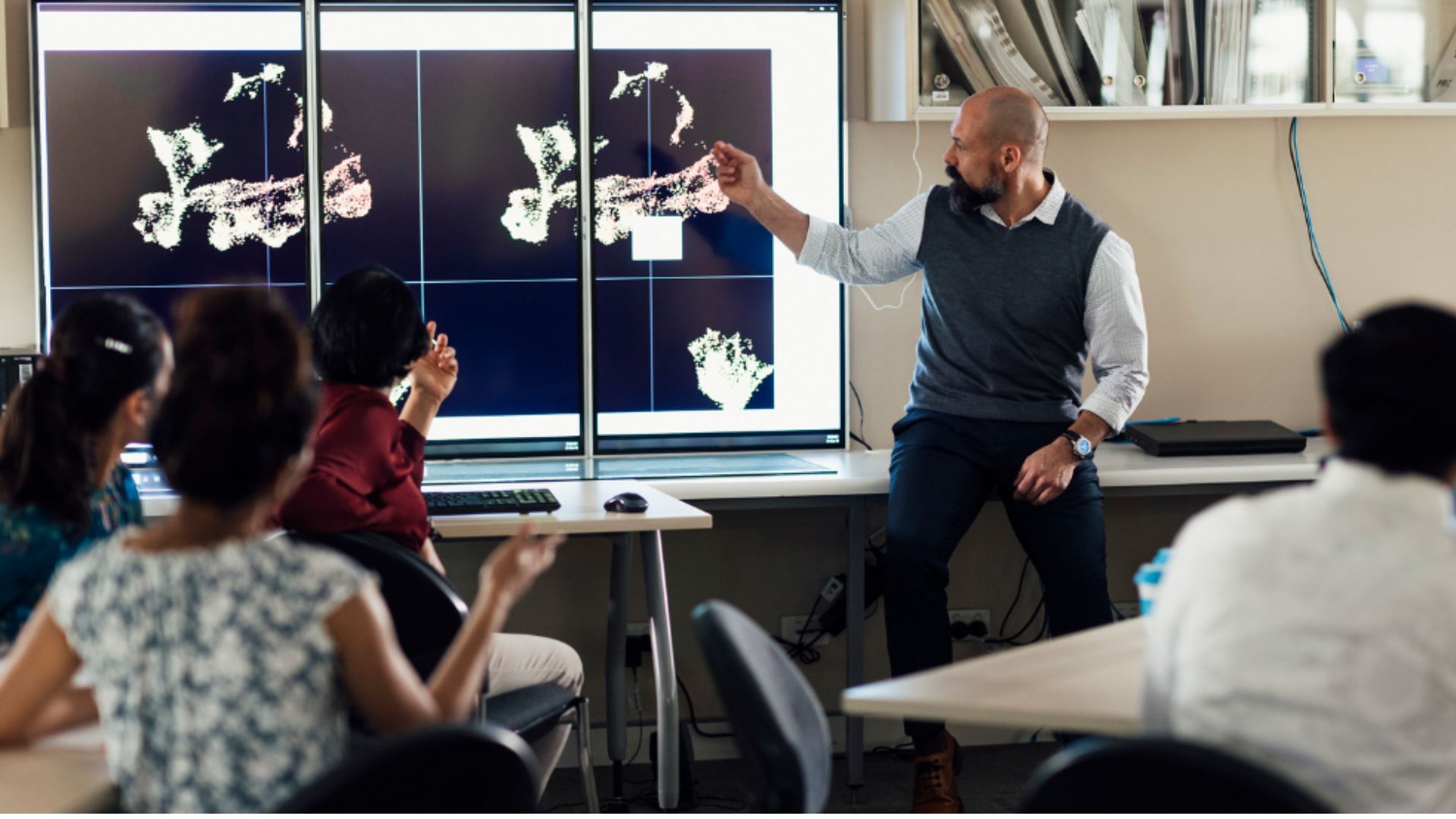You may remember a powerful website that launched in 1994 called Snopes that enabled users to fact check urban legends and popular news stories. This site became a tool for millions of people seeking truth in a tidal wave of available, and often inconsistent, information online. As I write this article, Snopes is still alive and well, with today’s top queries ranging from rumors of Disney movies slated for production to coverups orchestrated by the White House. As humans, we are inherently curious, looking for information in the world around us, but with the growing levels of misinformation and disinformation, it has become more difficult to find an island of truth.
So, what are misinformation and disinformation and how have they become so dangerous for the scientific community? In this blog post, I invite you to join me in navigating these turbulent waters and understanding the profound consequences of misinformation and disinformation in the realm of science.
Misinformation vs. Disinformation
Misinformation is defined by Miriam Webster as incorrect or misleading information.[1] Propagation of this type of information is often unintentional and arises due to errors, misinterpretations, or oversimplifications. Contrastingly, disinformation is, at its heart, deliberately false, often used to influence public opinion or obscure the truth. This intentionally misleading form of information can be incredibly powerful and erode public trust on critical issues such as climate change, vaccines, and public health measures, often with severe consequences. Misinformation and disinformation can also contribute to the polarization of society by reinforcing preexisting beliefs and biases, making it harder to bridge ideological divides and find common ground for informed decision-making.
Rise of Misinformation in the Modern Age
Understanding the historical context and evolution of misinformation and disinformation is crucial to developing effective strategies to address and mitigate their harmful effects. These are not new phenomena; they have existed throughout human history in various forms. However, the way misinformation and disinformation spread, and their impact, has significantly evolved with technological advancements.
Early History
In ancient civilizations, misinformation and propaganda were often disseminated through writings, speeches, or rumors, limiting the relative reach to smaller numbers of people. With the advent of the printing press in the 15th century, the dissemination of misleading information became more widespread because of availability of printed materials such as pamphlets, books, and newspapers. The beginning of the 20th century brought about the rise of radio and televisions, enabling a more rapid and far-reaching spread of information, with even reputable news outlets soon becoming unwitting vessels for falsehoods.
Modern History
As the 20th century drew to a close, the world braced for a new millennium, ushering in the widespread availability of the internet and, with it, an evolution in the way information was generated and disseminated. Misleading content has hit record highs, making it more challenging to distinguish fact from fiction. Social media sites have enabled the rapid sharing of content without rigorous fact-checking, making it easier for falsehoods to circulate widely. In fact, the World Health Organization (WHO) estimates that falsehoods are 70% more likely to be shared than accurate news.[2] Algorithms designed to engage users often prioritize sensational or controversial content, regardless of its accuracy. Individuals are drawn into echo chambers, where their beliefs are reinforced by false information, contributing to polarization. This fragmentation of society hampers constructive discourse, stifles collaboration, and makes finding common ground increasingly challenging. The flood of misinformation and disinformation has become nearly indistinguishable from fact, leaving us in a perpetual state of discord.
Ways to Combat Misinformation
To combat scientific misinformation and disinformation, a multipronged approach is essential:
Scientific misinformation and disinformation have become the greatest growing threat to scientific understanding and trust. This erosion of trust has far-reaching implications, affecting public understanding, decision-making, and ultimately, society’s progress. To safeguard the integrity of scientific understanding and maintain a well-informed society, concerted efforts are needed. By promoting scientific literacy, media literacy, fact-checking initiatives, responsible tech industry practices, and upholding the principles of scientific rigor, we can collectively combat the harmful influence of these falsehoods and pave the way for a more informed and enlightened society. Together, we can harness the power of accurate information to steer our society toward a future where truth, credibility, and progress prevail.
Related Articles




